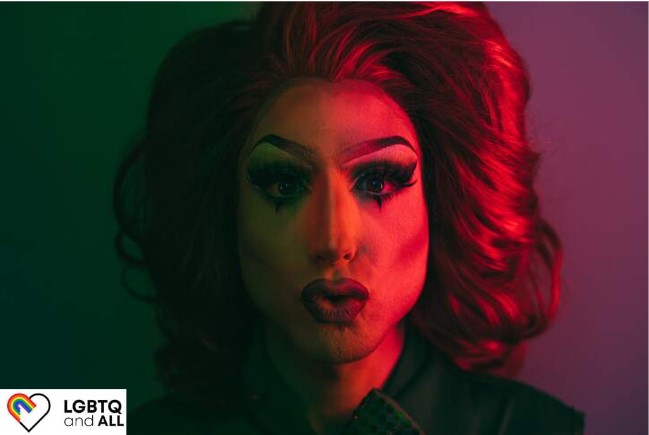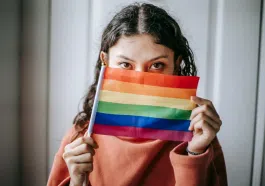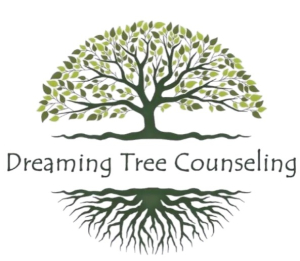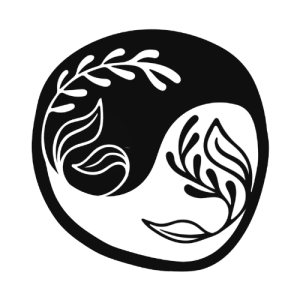Drag has emerged as a unique artistic expression and entertainment, transcending traditional gender boundaries. It has gained widespread popularity and cultural significance over the years, captivating audiences with its captivating performances, vibrant costumes, and bold personalities. In this blog post, we will delve into the history of drag, exploring its roots, evolution, and profound impact on society.
The Origins of Drag
Drag origins can be traced back to ancient civilizations, where cross-dressing and gender-bending were prevalent in various cultural and religious practices. In ancient Greek theater, men often played female characters, as women were prohibited from theatrical performances. This tradition continued throughout history, reaching Shakespearean plays and the British pantomime tradition.
In the modern era, drag has become a popular form of entertainment and art, with drag shows and drag queens becoming a staple of the LGBTQ+ culture. It is now seen as a form of self-expression that celebrates gender diversity and challenges traditional ideas of gender norms.
The Birth of Modern Drag
Modern drag as we know it today emerged during the late 19th and early 20th centuries in the vaudeville and burlesque scenes. Female impersonators, known as drag queens, portray femininity, often for comedic effect. These performances allowed LGBTQ+ individuals to express their identities in a hostile and intolerant world.
Drag provided an outlet for self-expression and a sense of community for queer people, and it has since evolved into a beloved art form. It has continued to thrive in the face of societal criticism and has become an essential source of visibility and celebration for the LGBTQ+ community.
Drag and LGBTQ+ Communities
Drag has played a significant role in the LGBTQ+ community, serving as a form of self-expression and empowerment. During the 1960s and 1970s, drag became a prominent feature of the gay liberation movement. Notable figures such as Marsha P. Johnson and Sylvia Rivera, both drag performers and transgender activists, fought for LGBTQ+ rights and visibility.
Today, drag is a powerful tool for activism and self-expression. Drag artists, queens, and kings are visible in the media, and a wider audience celebrates and embraces the art form. It has become a significant part of LGBTQ+ culture and history. Through drag, many LGBTQ+ people have found a safe space to express themselves and be visible. It has allowed many queer artists to use their art to confront complex issues and challenge the mainstream narrative of what it means to be queer.
Mainstream Popularity
Drag has become popular recently due to reality television shows like “RuPaul’s Drag Race.” The show has introduced drag to a global audience, showcasing drag performers’ incredible talent, creativity, and resilience. It has given rise to a new generation of drag queens, inspiring countless individuals to embrace their own identities and explore the art of drag.
The show’s success has also led to a greater sense of acceptance for drag, leading to more opportunities for drag performers to showcase their talents in various settings, from stage shows to fashion shows. As a result, drag has become more visible in popular culture, and has enabled drag performers to create a safe and supportive space for themselves and other members of the LGBTQ+ community.
The Artistry of Drag
Drag is not about donning extravagant costumes and performing lip-syncs; it is a multifaceted art form that encompasses a range of skills. Drag queens and kings spend countless hours perfecting their makeup, honing their dance moves, and creating stunning outfits.
Their performances often incorporate comedy, drama, and social commentary elements, showcasing their versatility as performers. In addition to performing, drag artists also use their platforms to advocate for social justice, raising awareness for causes such as LGBTQ+ rights and body positivity. They often use their performances to push boundaries and challenge gender norms, enabling them to make powerful statements about the world we live in.
The History of Drag: The Political and Social Impact
Beyond its entertainment value, drag has profound effects on society. Drag challenges societal norms and expectations surrounding gender and sexuality. It serves as a platform for performers to address social issues such as discrimination, inequality, and LGBTQ+ rights.
Drag performances often act as a catalyst for dialogue, fostering empathy, understanding, and acceptance. By pushing against the gender binary and conventions of mainstream society, drag offers a safe space for people to express themselves and explore their identities without fear of judgment or discrimination.
Drag performances also act as a form of protest against oppressive systems and can bring visibility to overlooked communities and issues.
Drag as a Self-Exploration Method
The art of drag offers self-exploration and self-acceptance. It allows them to embody different personas and experiment with gender identities in a safe and supportive environment. Drag has helped people discover their authentic selves and find a community where they feel accepted and celebrated.
This art form has been especially true for LGBTQ+ individuals who have found solace and affirmation in drag culture. Drag has allowed them to express their true identity without fear of judgment or persecution. It has also provided a platform for them to embrace their unique characteristics and celebrate their individuality.
The History of Drag: Cultural Diversity in Drag
Drag is not confined to one culture or region. It is a global phenomenon, with drag communities thriving in various countries worldwide. Each culture brings its own unique flavor to drag performances, incorporating local traditions, music, and fashion.
From the glamorous drag artists of the United States to the fierce drag performers of Thailand’s culture, drag celebrates human diversity. In other words, it speaks to the power of drag as a platform for self-expression.
It is a unifying force that brings people together across cultures, genders, and identities. It is a way for people to express themselves creatively and uniquely, and it is a powerful symbol of diversity and inclusion.
Takeaway
Drag is an art form that has undergone a remarkable journey throughout history, evolving from its ancient origins to become a vibrant and powerful force in contemporary culture. To learn more about drag and other LGBTQ+ topics, follow our blog at LGBTQ and ALL.















